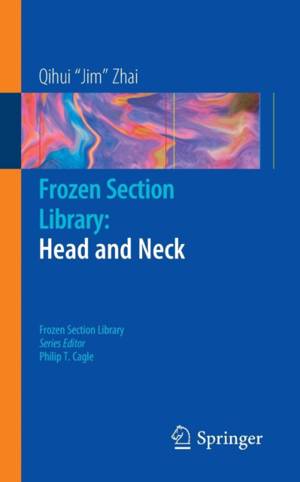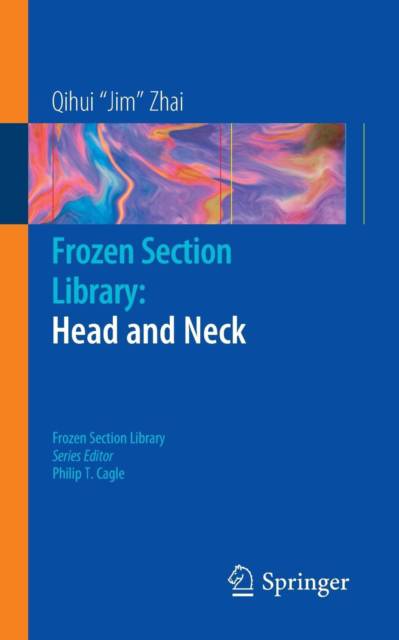
En raison d'une grêve chez bpost, votre commande pourrait être retardée. Vous avez besoin d’un livre rapidement ? Nos magasins vous accueillent à bras ouverts !
- Retrait gratuit dans votre magasin Club
- 7.000.000 titres dans notre catalogue
- Payer en toute sécurité
- Toujours un magasin près de chez vous
En raison de la grêve chez bpost, votre commande pourrait être retardée. Vous avez besoin d’un livre rapidement ? Nos magasins vous accueillent à bras ouverts !
- Retrait gratuit dans votre magasin Club
- 7.000.0000 titres dans notre catalogue
- Payer en toute sécurité
- Toujours un magasin près de chez vous
Description
Intraoperative frozen section interpretation is the base for treatment for the patient within the operating room. It requires immediate answer for the surgeon's specific question and the subsequent consequences are frequently irreversible. The pathologist should be very familiar with the related differential diagnosis of the involved organ. Additionally, the pathologist needs to know many pitfalls and freezing artifacts in each organ and the clinical implications each diagnosis may result in. Frozen Section Library: Head and Neck will provide a convenient, user-friendly handbook to expedite use when performing intraoperative consultations on head and neck specimens. This book will be 5 X 8 and is estimated to be about 200 to 250 pages in toto with 100 to 150 color figures. An organ and clinical scenario based approach will be used in this book. This book will be divided into chapters based on the organs and anatomic locations. Within the chapter, a consistent format with the critical issues as a focus will be used including the frequently encountered clinical scenarios and the specific questions from the surgeons, frequent diagnostic considerations and their major diagnostic criteria with associated diagnostic pearls, artifacts and pitfalls and how to avoid them. Common and practical problems including reactive atypia versus carcinoma in salivary glands, resection margins in tongue and laryngectomy specimens, small blue cell tumors in the base of the skull, a primary lesion versus a metastatic squamous carcinoma in the neck, etc. will be illustrated with color pictures and accompanied legend. As a handbook for practicing pathologists, this book will be an indispensable aid to diagnosis and avoiding dangers in one of the most challenging situations that pathologists encounter. Rapid consideration of differential diagnoses and how to avoid traps caused by frozen section artifacts will be readily accessible to the users of this handbook. Tables and charts willprovide guidance for differential diagnosis of various histological patterns. This book will be highly valuable to practicing surgical pathologists, both community and academic, and to pathology residents and fellows. The perspectives provided will also be valuable to head and neck surgeons and especially to surgery residents and head and neck surgery fellows who must answer questions about pathology and frozen section on their board examinations. This handbook will be easily portable by the individual but it is envisioned that many departments will want to also keep copies readily available in the frozen section laboratory.
Spécifications
Parties prenantes
- Auteur(s) :
- Editeur:
Contenu
- Nombre de pages :
- 112
- Langue:
- Anglais
- Collection :
- Tome:
- n° 5
Caractéristiques
- EAN:
- 9780387959870
- Date de parution :
- 29-12-10
- Format:
- Livre broché
- Format numérique:
- Trade paperback (VS)
- Dimensions :
- 127 mm x 198 mm
- Poids :
- 158 g

Les avis
Nous publions uniquement les avis qui respectent les conditions requises. Consultez nos conditions pour les avis.






